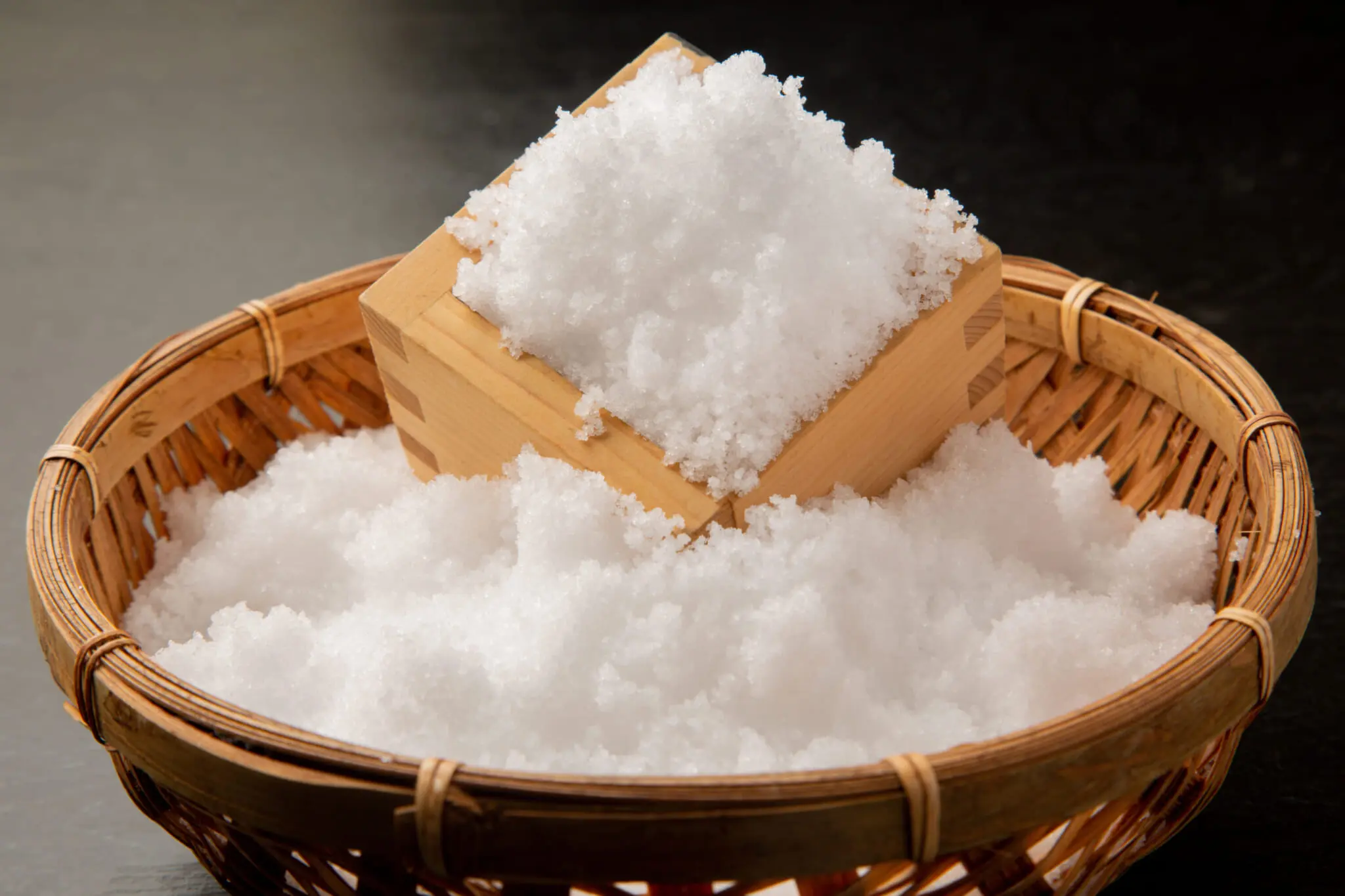It’s no secret that salt enhances flavors and brings out the umami in nearly every dish. Beyond its role in cooking, salt carries cultural significance and offers health benefits thanks to its rich mineral content. Salt’s significance is so profound that it has ignited conflicts and wars across the ages.
Japan, a country with no rock salt deposits or salt lakes, has had to harvest salt from the sea — a difficult task considering the low concentration of dissolved salts in seawater. Japan’s humid climate further complicates the process, causing the water to take significantly longer to evaporate. Over the millennia, several methods have been developed to extract these salts, with one of the first, called moshio-yaki, dating to the Kofun period (ca 250–552 CE).
Several slightly different descriptions of the moshio-yaki method exist, but basically, it involved seawater being poured onto sun-dried seaweed to create a concentrated brine, which was then boiled down in earthenware pots. In later years, other methods of extracting salt from seawater developed in various regions, though all were physically demanding and time-consuming. Despite technological developments leading to the emergence of less manually intensive salt production methods, many areas of Japan still practice traditional methods, and in these places, the fundamental principles of extracting salt from seawater and seaweed have remained mostly unchanged throughout the ages.
Today, Japan is said to produce over 4,000 different types of salt, each featuring differences in size, color, taste and aroma. Read on to discover some of the ways the beloved mineral shows up in modern Japan.
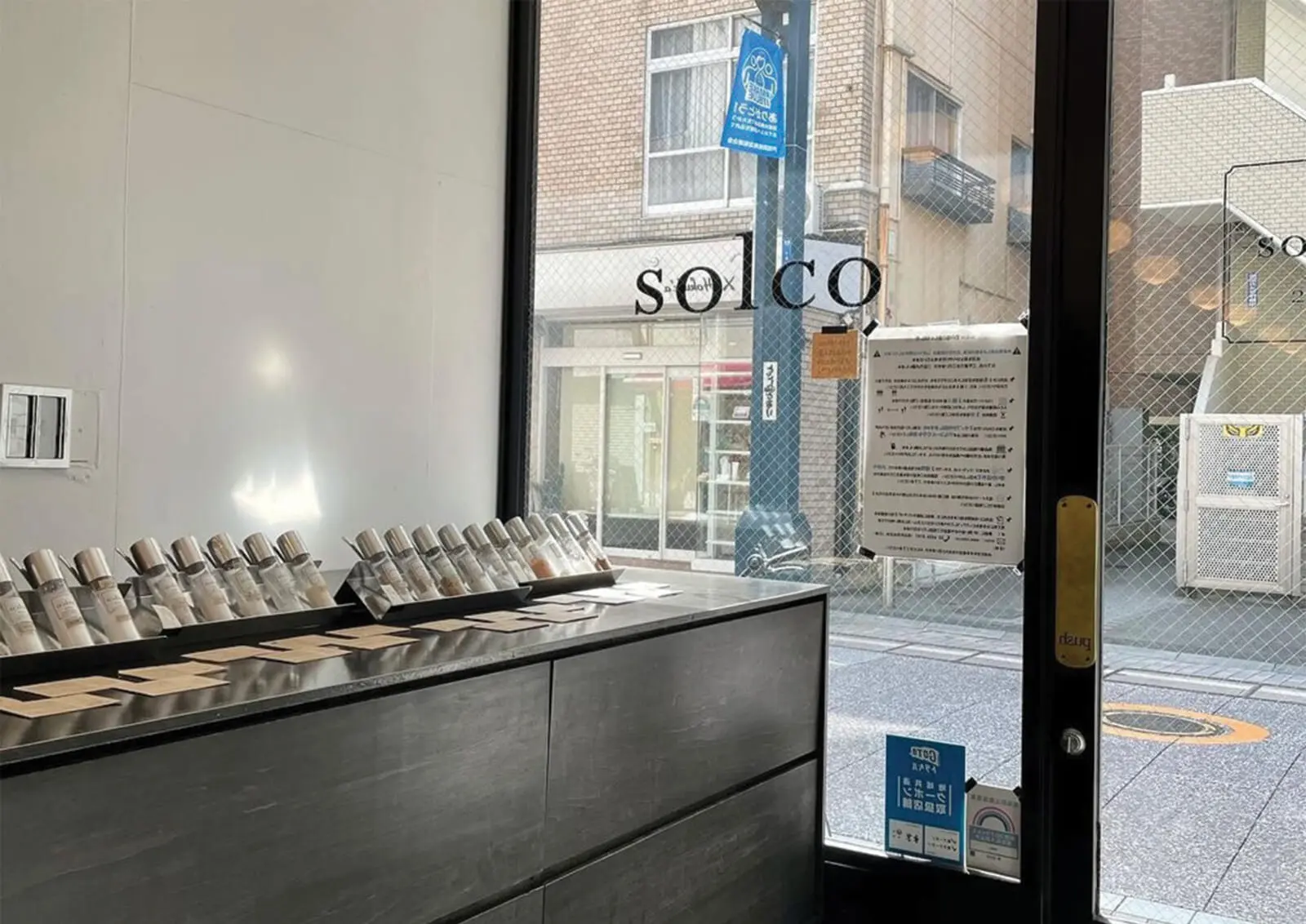
Artisanal Salt Using Ancient Methods
In 2012, a group of retirees in the Kudaraura area of Oda city, Shimane Prefecture, embarked on a project to harvest salt using the traditional moshio-yaki method. Using locally harvested arame seaweed, seawater and a flat-bottomed pot, they gave life to Kudaraura Moshio, a magnesium- and calcium-rich sea salt. For their variety of moshio (seaweed salt), arame is boiled in seawater to create an arame broth that’s then added to boiling seawater and reduced further. During the drying process, the harvested salt is carefully separated and sifted by hand, resulting in a refined seaweed salt boasting a mild flavor with umami from the arame.
This group of salt entrepreneurs is not alone in its traditional pursuit, of course. They’re just one of the many organizations behind Japan’s thousands of salts, some of which can be found at Solco, a small artisanal store in Togoshi Ginza. The shop stocks over 40 kinds of salt that the owners have discovered across Japan’s prefectures and abroad, including Kudaraura Moshio (listed as “023” on the Solco website).
For another traditionally produced domestic salt, try the marvelously named Katsuura-en Shingetsu no Kirameki (“new moon sparkle salt from Katsuura”). Shingetsu no Kirameki — “033” at Solco — is harvested off the shores of the seaside town of Katsuura in Chiba Prefecture. The area is known for its abundant fish population, which is said to thrive due to the region’s flavorful seawater. The salt is made from seawater collected at high tides on both full moon and new moon days, a practice that results in a lower magnesium and higher calcium content. Taste-wise, the salt has a soft yet rich umami that pairs well with light dishes like fish.
You could spend an entire afternoon being transported to different locations through the various backstories of Solco’s salts, each bottle of which pairs well with different foods. If you’re looking for the perfect salt to complement your favorite dish, Solco’s knowledgeable staff can recommend the ideal choice for you.
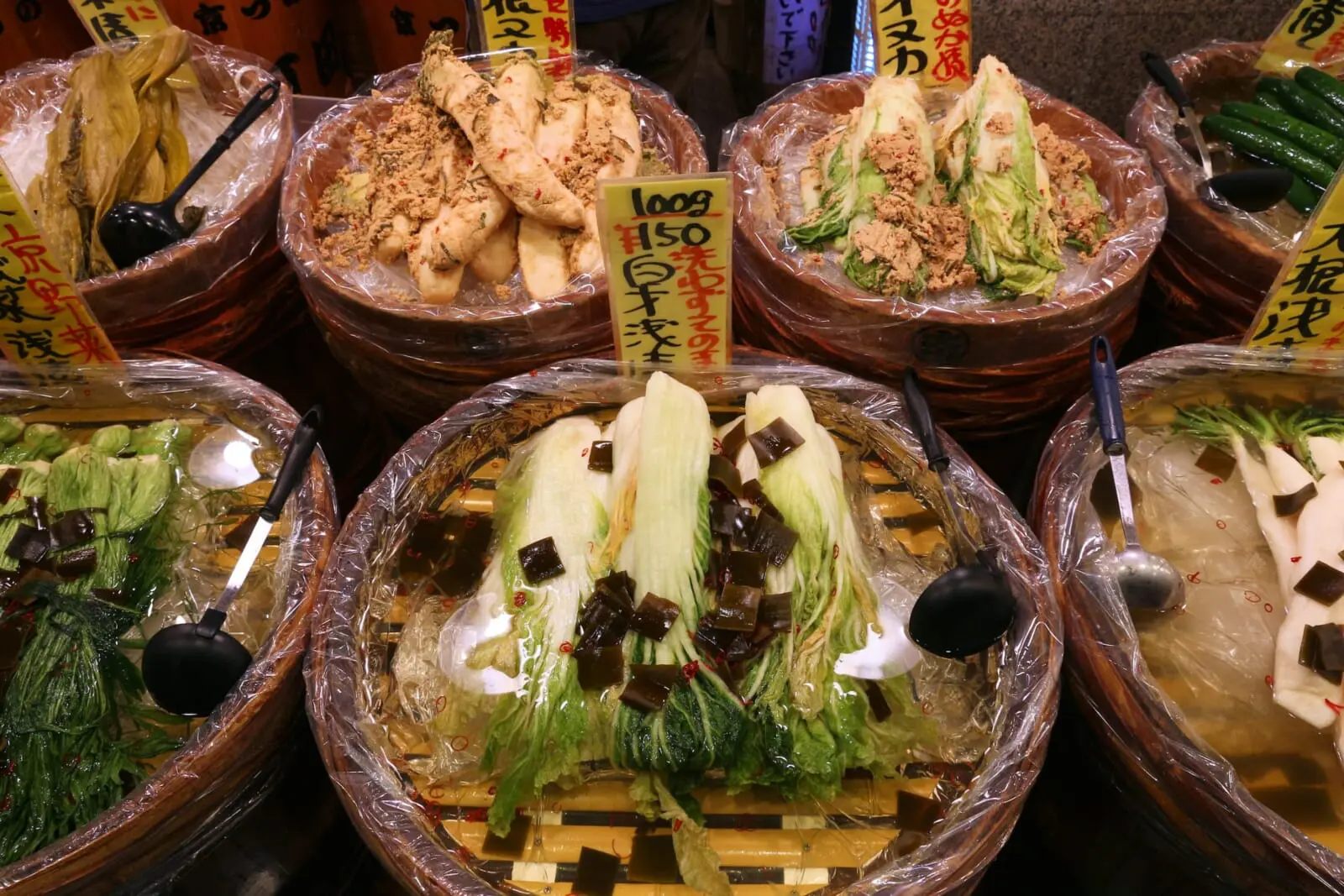
Salt in Traditional Japanese Food
No discussion of umami is complete without exploring how Japan incorporates salt into its cuisine beyond sprinkling it on top for added oomph. Salt has been used to preserve and ferment food since the Jomon period (10,000–300 BCE), with popular examples of preserved and fermented foods including tsukemono (pickled vegetables), himono (dried fish or shellfish) and miso.
Tsukemono, generally served as a side dish, are a versatile staple of the Japanese diet. You’ll find tsukemono added to ramen and curry for a textural pop and burst of freshness, or served alongside a simple bowl of rice to enhance its flavor. One of the most common varieties is shiozuke, which involves pickling vegetables like cabbage, cucumber, daikon, carrot or ume (Japanese plum) in a salt brine. This process not only preserves the vegetables, but it further develops and enhances their umami flavors.
A popular dish and regional souvenir, himono can be made in a variety of ways. One of the most common methods involves salting or brining fish — often sliced lengthwise — and drying it. Salting and drying alters the protein in the fish, producing a firmer texture and enhancing the umami flavor.
Miso, one of Japan’s best-known fermented foods, also makes use of salt, which is added after steamed soybeans are mixed with koji made with rice, barley or soybeans. From there, the mixture is fermented in a warm room for six months or longer. The end result is a delicious paste with a salty, smooth and deep umami flavor — perfect for soups, dressings and marinades.
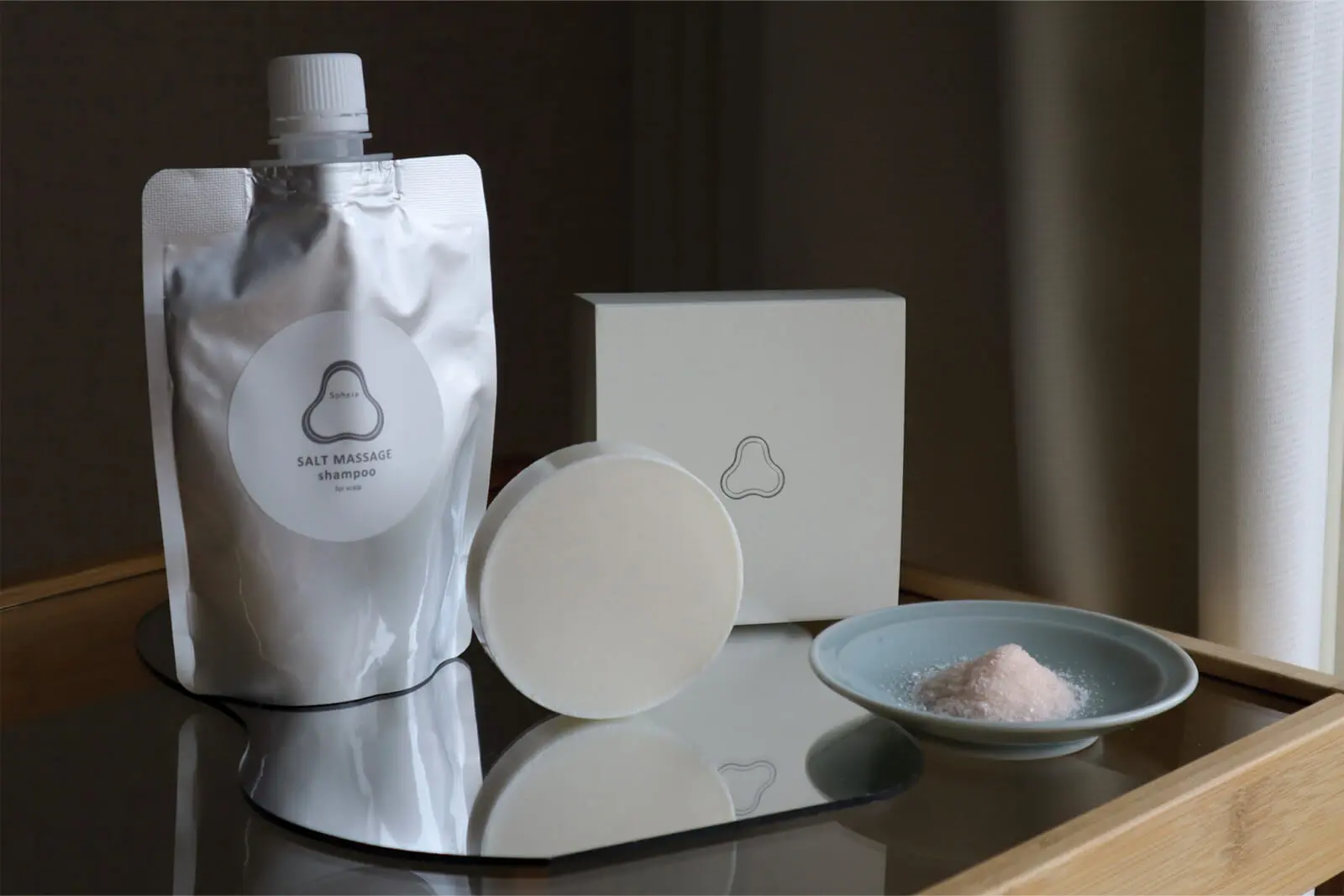
Salt-Infused Beauty Products
Rich in minerals, sea salt is a common ingredient in Japanese beauty products. From shampoo to face wash to bath salts, you’ll find no shortage of salt-infused self-care goods in Japan.
Recently, Sphere’s Salt Massage Shampoo For Scalp has become a welcome addition to my hair care routine. Sphere’s shampoo is 60% organic sea salt and also contains ginseng, mulberry root, ginger, tea leaves and humus extract.
Salt granules are visible in the shampoo, which is a thick paste with a slightly minty aroma. (The fragrance is a blend of various oils, including grapefruit peel, orange peel, rose geranium, peppermint, Japanese peppermint, juniper and eucalyptus leaf.) For an exfoliant experience, I applied the paste directly to my shampooed scalp and scrubbed. I could feel the scrub absorb all the scalp buildup while stimulating my head’s blood flow. For the days you’re not looking to exfoliate, lather the product in your hands alongside your shampoo, and you’ll find that the salt shampoo transforms into a luxurious foam. I guarantee voluminous hair the next day!
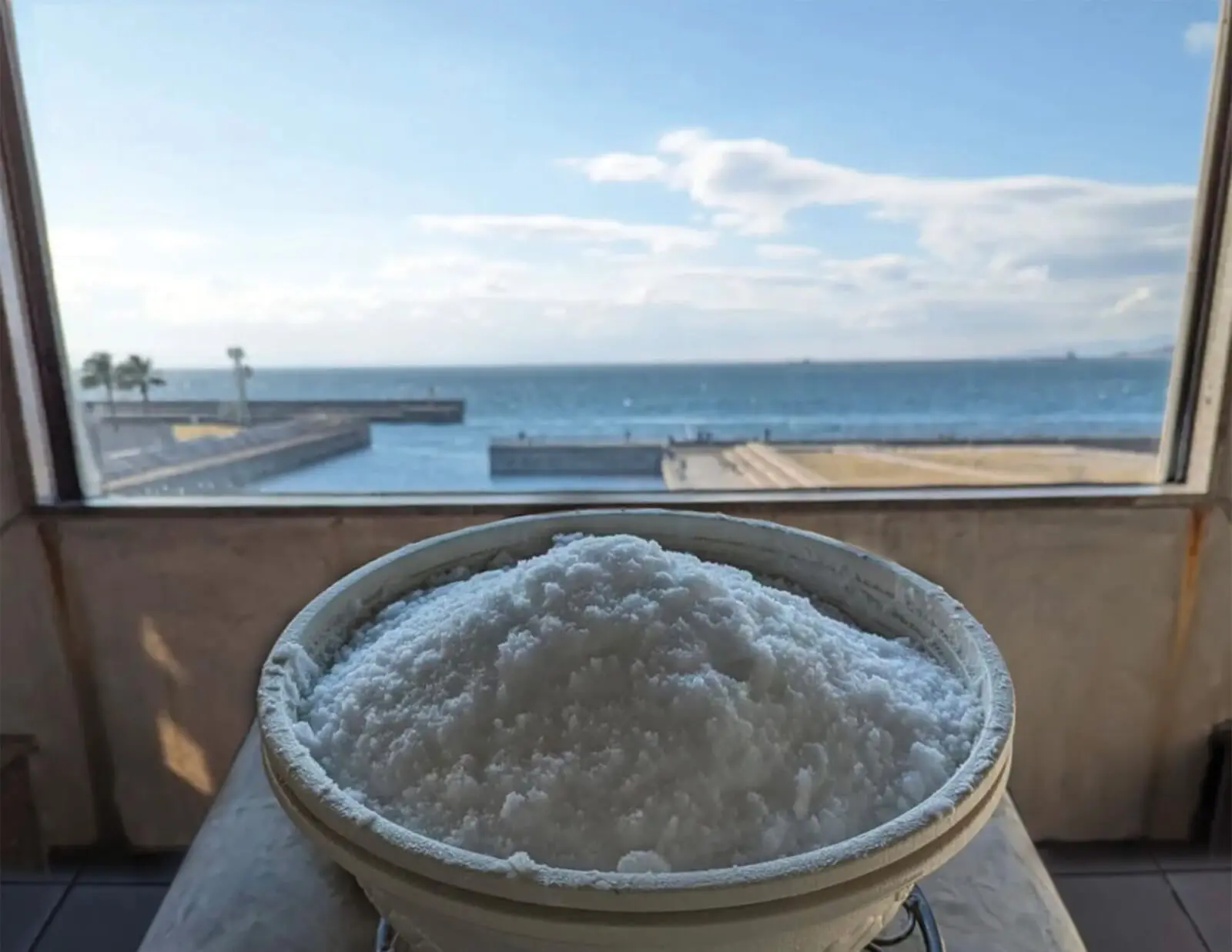
Salt Sauna
Japan’s first sauna was established in Ginza in 1957 during the Showa era. Over the years, saunas have become increasingly popular in Japan, most recently due to the TV show Sado, where the host visits saunas across Japan. Salt saunas are popular for their detoxifying, deodorizing and skin-beautifying effects. The combination of sweat and salt is said to help remove dead skin cells and regulate skin turnover through the salt’s ability to dissolve protein and remove sebum, dirt and subcutaneous fat deep within the pores. While regular sauna temperatures range from 80 to 90 degrees Celsius, a salt sauna room features high humidity and a low temperature, ranging from 50 to 60 degrees Celsius.
For those interested in visiting a salt sauna, here’s how it works: After bathing in the sauna’s facilities, you’ll enter the salt sauna room, where you’ll find a large bowl filled with salt. Take a handful of salt and pat it gently onto your skin. Make sure not to rub, as the salt isn’t intended to scrub and exfoliate. As you sit back and relax, the salt will dissolve and become transparent. This takes about five to 15 minutes. Step out of the sauna and rinse off the salt in the shower. Spa professionals recommend a cold plunge after your sauna experience, but it’s completely up to you.

